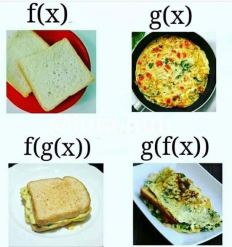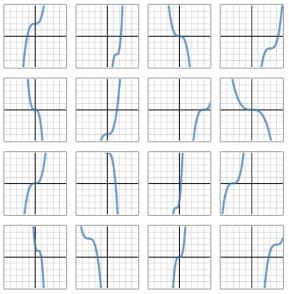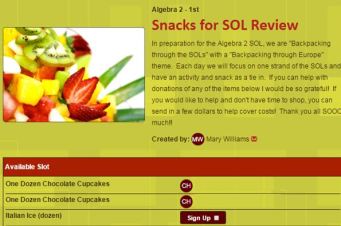During my first year of teaching, a colleague told me the first year was all about keeping your head above water. Year two, you make notes about what went well, and make modifications to things that didn’t. Hang in there because year 3 was when you finally felt like you could breathe.
I knew changing schools and content would be challenging, and frankly, I really wanted that. I’d been teaching Algebra I for 10 years and felt like I needed the challenge as I was in danger of getting burned out. Well, I asked for it and I GOT it! I am absolutely loving being at the high school and teaching older students. It’s great to be thinking of different strategies for rationalizing denominators instead of integer rules for the millionth time, but I do feel like I’m back to year 1 and barely treading water.
The math department at the high school is awesome – we all eat lunch together every day, and since we do not have common planning time this is great. It’s a supportive group of people and everyone is nice. Seriously. EVERYONE. This is the first year the high school has implemented 1:1 Chromebooks, so I have enjoyed being able to share some resources with them (most had not heard of Desmos and only one was using Google Docs).
It has definitely been overwhelming learning new content and developing materials – I’m creating a lot of foldables (and a HUGE shout out to @mathequalslove‘s Sarah Hagan because her blog has been so helpful for Algebra 2!!). I anticipated the content development would be time intensive, and knew I’d be putting in more hours at school. My family has been so supportive. God bless them for not complaining about me picking up dinner at times (I do fear they are weary of rotisserie chicken).
One aspect though that I really did not anticipate is how these new demands have impacted my time with my online PLC. I barely have time to read my Twitter feed, much less contribute anything substantial. I kept up with the #Teach180 Instagram posts pretty well for about five whole minutes (I do plan to do a better job with this – I enjoy the sharing, and really, surely I can find a few minutes a day to do this). I miss Global Math and I miss math chats. I miss the camaraderie, and collaborating over strategies and lesson ideas. In trying not to post “I’m overwhelmed” every day, I haven’t posted a lot – I actually felt guilty today when I saw I had a new blog subscriber and thought how long it had been since I had blogged!!
Soooo, know that this is only temporary. I’m hoping 2nd nine weeks will be more like year two, and by the third nine weeks I will be breathing more easily and a little more present in the online world. I miss you all and can’t wait …but first, I need to grade 120 quizzes and figure out what I’m teaching tomorrow…
 Last week Elissa Miller (@misscalcul8) posted this meme about the composition of functions. I just loved the visual imagery!
Last week Elissa Miller (@misscalcul8) posted this meme about the composition of functions. I just loved the visual imagery!


 photo credit to BowTieJoe who gives a GREAT recap of the weekend @
photo credit to BowTieJoe who gives a GREAT recap of the weekend @ 
 We played the polygraph games after students had finished the project and the students gave constructive feedback to the creators. One group created one sole graph in a different color than the others, and it was interesting how many “choosers” elected to choose this graph when playing this game. This option was a good choice for students who needed more structure, and many chose to work with a partner (creating one polygraph).
We played the polygraph games after students had finished the project and the students gave constructive feedback to the creators. One group created one sole graph in a different color than the others, and it was interesting how many “choosers” elected to choose this graph when playing this game. This option was a good choice for students who needed more structure, and many chose to work with a partner (creating one polygraph).

 Last week I created as Sign Up Genius for each of my classes, asking parents if they would be willing to donate snacks for the review unit. The response was overwhelming! The freezer at school is full of Italian Ice for our Venice Gondola races next week, and I’ve been busy stuffing goldfish and Swedish fish into baggies for this week. One of my 3 sections completely filled up the Sign Up Genius, and the other two are pretty full.
Last week I created as Sign Up Genius for each of my classes, asking parents if they would be willing to donate snacks for the review unit. The response was overwhelming! The freezer at school is full of Italian Ice for our Venice Gondola races next week, and I’ve been busy stuffing goldfish and Swedish fish into baggies for this week. One of my 3 sections completely filled up the Sign Up Genius, and the other two are pretty full. ids definitely got a kick out of it.
ids definitely got a kick out of it.